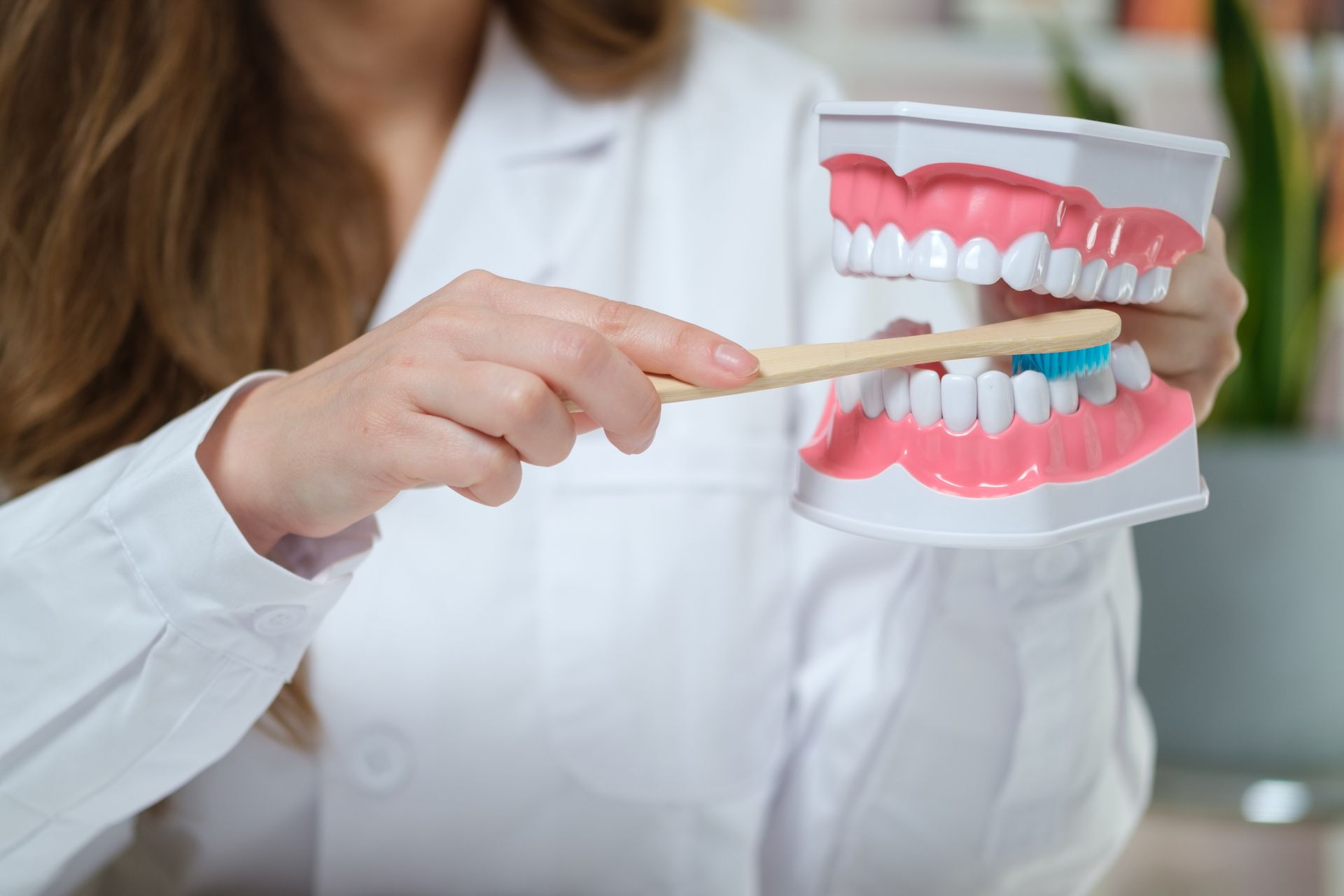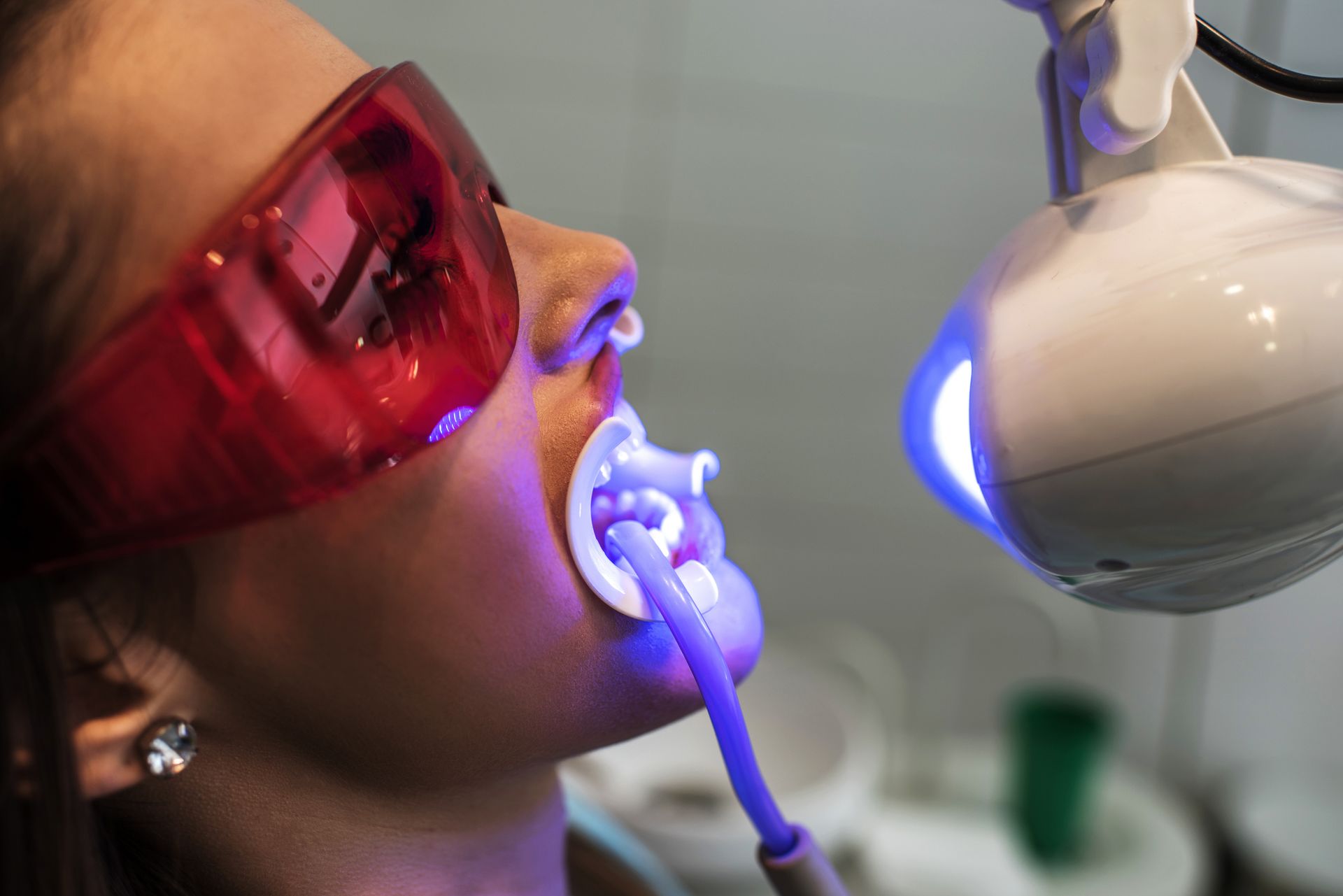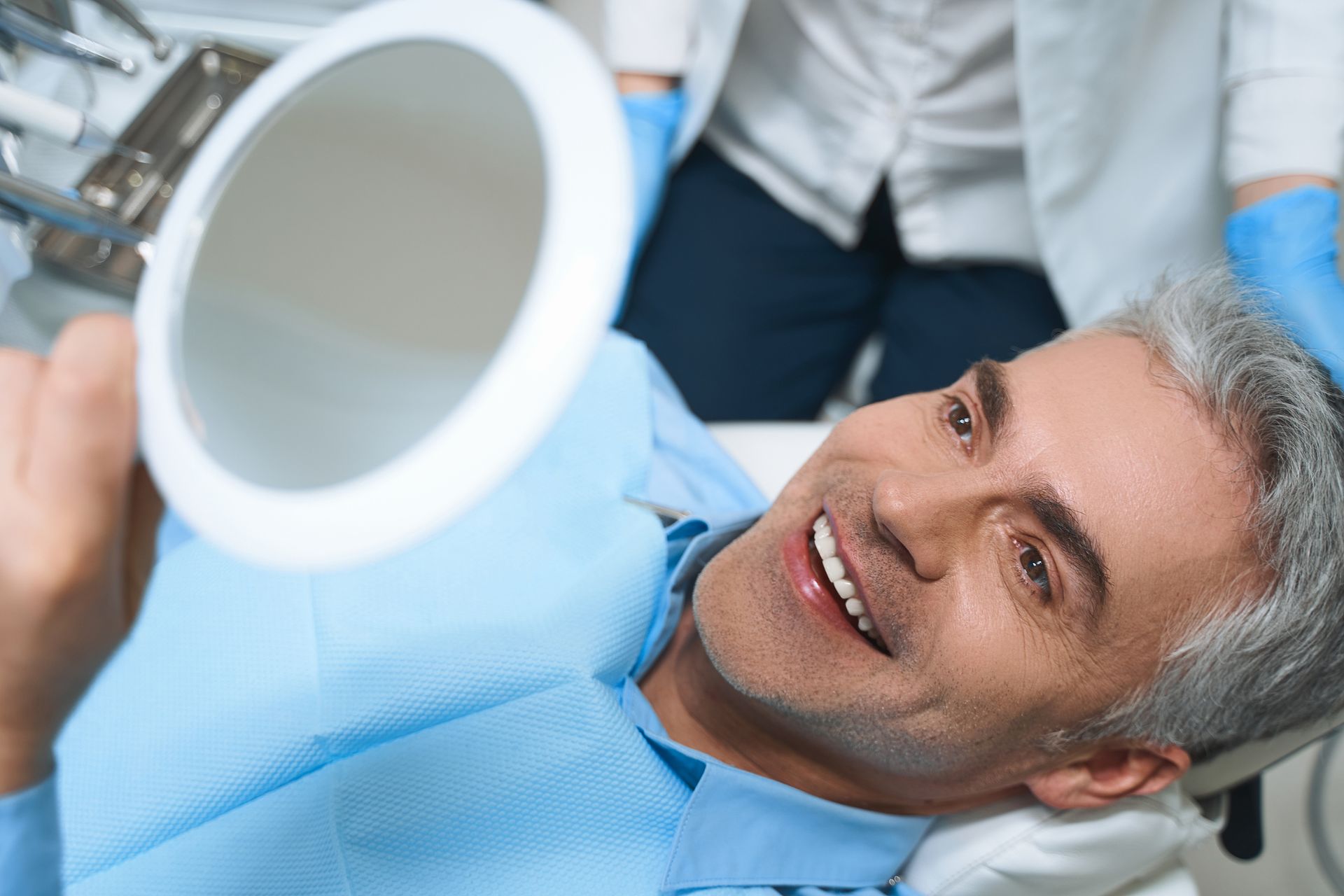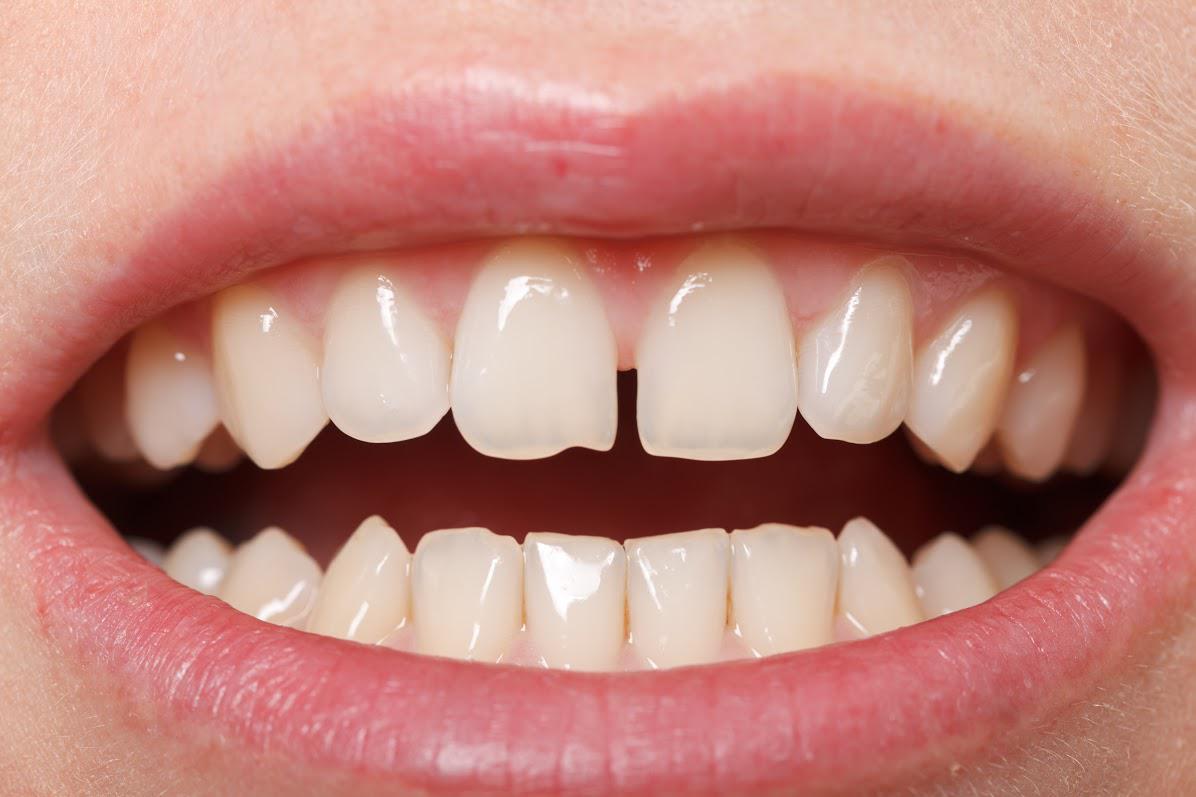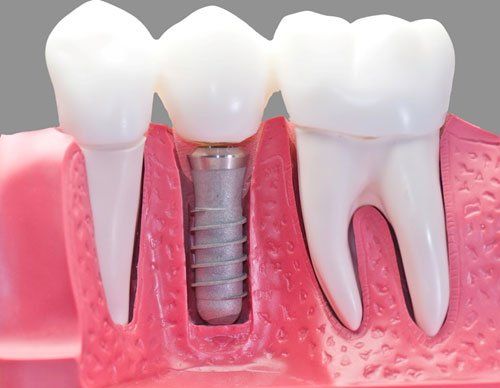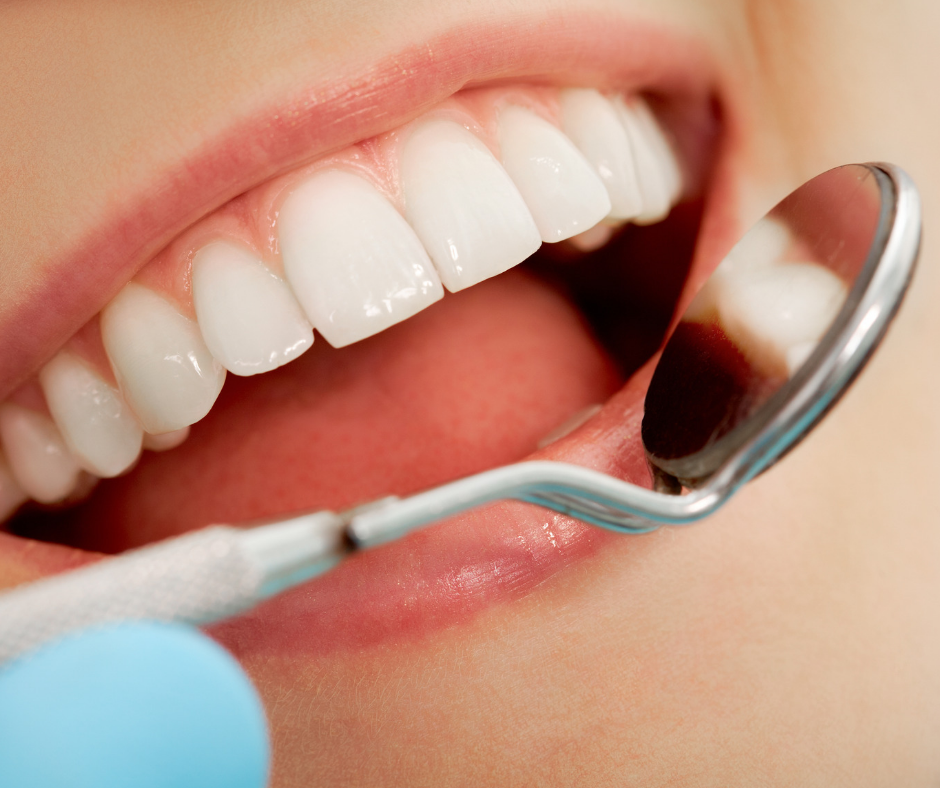3 Mouth Guard Alternatives for Bruxism
One dental problem a person may suffer from while they sleep is bruxism. Commonly known as teeth grinding, bruxism could result in chipped, worn down teeth, swollen gums, and other jaw problems.
A mouth guard is one of the more common solutions for bruxism, but there are alternative and advanced treatments to treat various forms of bruxism. If mouth guards are uncomfortable or do not help remedy the situation, consider these three alternative options to discuss with your dentist.
1. Occlusal Splints
One of the more similar treatments to a mouth guard is an occlusal splint. While a mouth guard prevents damage from teeth grinding, the use of a mouth guard does nothing to help correct teeth grinding.
The more advanced design of occlusal splint will help reposition the jaw muscles so the bruxism does not occur while you sleep. A dentist creates an occlusal splint with the use of a mouth mold. The mold forms around the teeth of the patient and will either be made with the top set of teeth or the bottom set.
An occlusal splint works well for patients who seek out mouth corrections. You may grind your teeth because they do not line up properly or because you have an overbite or underbite. The splint will protect the teeth from additional damage while your body learns the proper jaw and teeth placement to reduce grinding.
The care for an occlusal splint is very similar to a mouth guard. Most times, the splint comes in the form of a clean plastic mold and can be brushed and soaked in water to help remove germs and bacteria.
2. Botox Treatments
Much of the time, bruxism occurs because of tense jaw muscles and has nothing to do with the teeth themselves. The teeth often fall victim to the movements of the jaw. One way to help relieve tight jaw muscles is with Botox treatments.
Botox has expanded well beyond the world of cosmetic surgery and is often used with muscle problems. An injection directly into the jaw muscle will help the muscle relax and prevent the clenching movements often associated with bruxism.
Botox does wear off and a dentist may recommend that you have repeat treatments every few months. Over time, your body will naturally learn not to clench the jaw muscle because of the Botox treatment.
3. Biofeedback
Another way to help train your jaw to stop clenching is through biofeedback treatments. Biofeedback treatment for bruxism includes a small electrode that monitors jaw activity while you sleep.
The biofeedback technology has the ability to trigger a response when the technology senses the jawbones tightening. Your body will be alerted to stop the action either through vibration or sound. When you go to sleep at night, the device typically attaches behind the ear or on the back of the head.
Biofeedback conditions the body to stop jaw clenches through the intervention of the indicators. Over time, you will naturally stop your jaw from clenching while you sleep with or without the biofeedback device installed. The length of time needed to treat the condition depends on various factors.
The treatment could take weeks or months depending on the amount of time you grind your teeth and how your body responds to the treatment. A doctor can analyze the feedback and make adjustments as needed. For example, you may clench on one side of your mouth more and need extra adjustments for that side of your jaw.
Over time, the bruxism will be minimized. Treatments like biofeedback may be combined with occlusal splints to provide protection and treatment all at once.
To help treat your bruxism, contact us at Gregory S. Rutherford, DDS, PA. Not only will we help prevent bruxism in the future, but also we can repair any damaged teeth you may already have.

